An escapade in Nalanda over 1.5 years included researching, analysis, documenting and designing as a part of the Jiyo project by the Asian Heritage Foundation. The project was guided by Himanshu Shani of 11.11.
My initial ntroduction to Bavan Butti and its practitioners was through Gopaji, who is an ardent supporter of the craft and has a special relationship as her father, the renowned artist Sri Upendra Maharathi, worked closely with the weavers promoting their work. During my first visit we realised that Bavan butti was almost extinct and the knowledge was only survived with a few old master weavers. Most importantly, the weavers used no mechanism to insert extra weft and thus the the technique did not have to be approached in a traditional of of repeating motifs
During our initial survey, we found that there were about 5-6 practising weavers in the village and other weavers, especially the younger ones had moved to Ludhiana or to the power-loom sectors. Over 1.5 years, with the backing of AHF, 10 new weavers were trained and started weaving under the guidance of master weavers Kapil Devjii and Vivekanandji.
Inspired by the rich heritage of Nalanda, Magadha, and Buddhism, a plethora of design and material idea exchanges were carried out with weavers. We managed to source Khadi from Single charkha spinners about two hours from the village, and Tussar from Nepura close by.
1200 years ago, Nalanda was a prominent residential university in ancient Magadha and Chinese monk Xuanzang called it a place where "an azure pool winds around the monasteries, adorned with blue lotus flowers, red kanaka blossoms, and shaded mango groves". Over 20 different designs in products like saris, stoles, scarves, and yardages were created.
Designs by the weavers- their take on making contemporary motifs traditional, and slowly breaking away form the idea of making repeats.

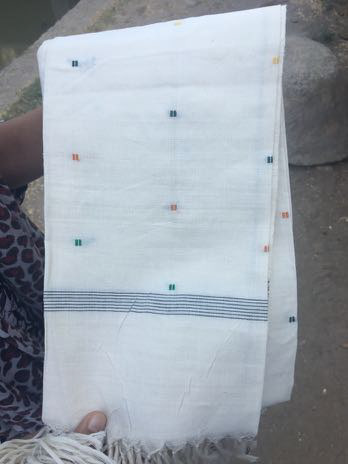
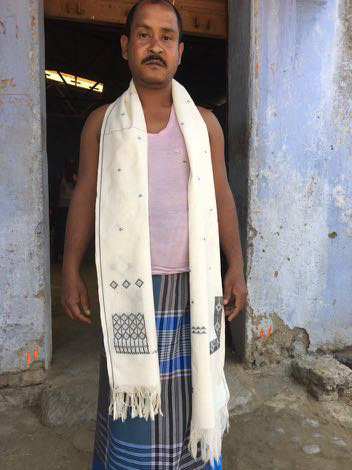

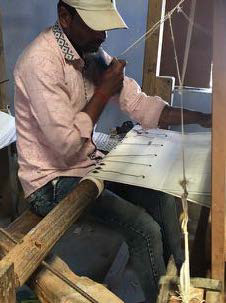

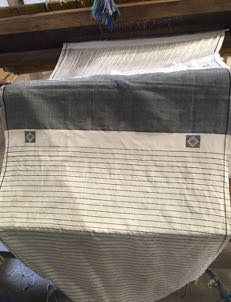



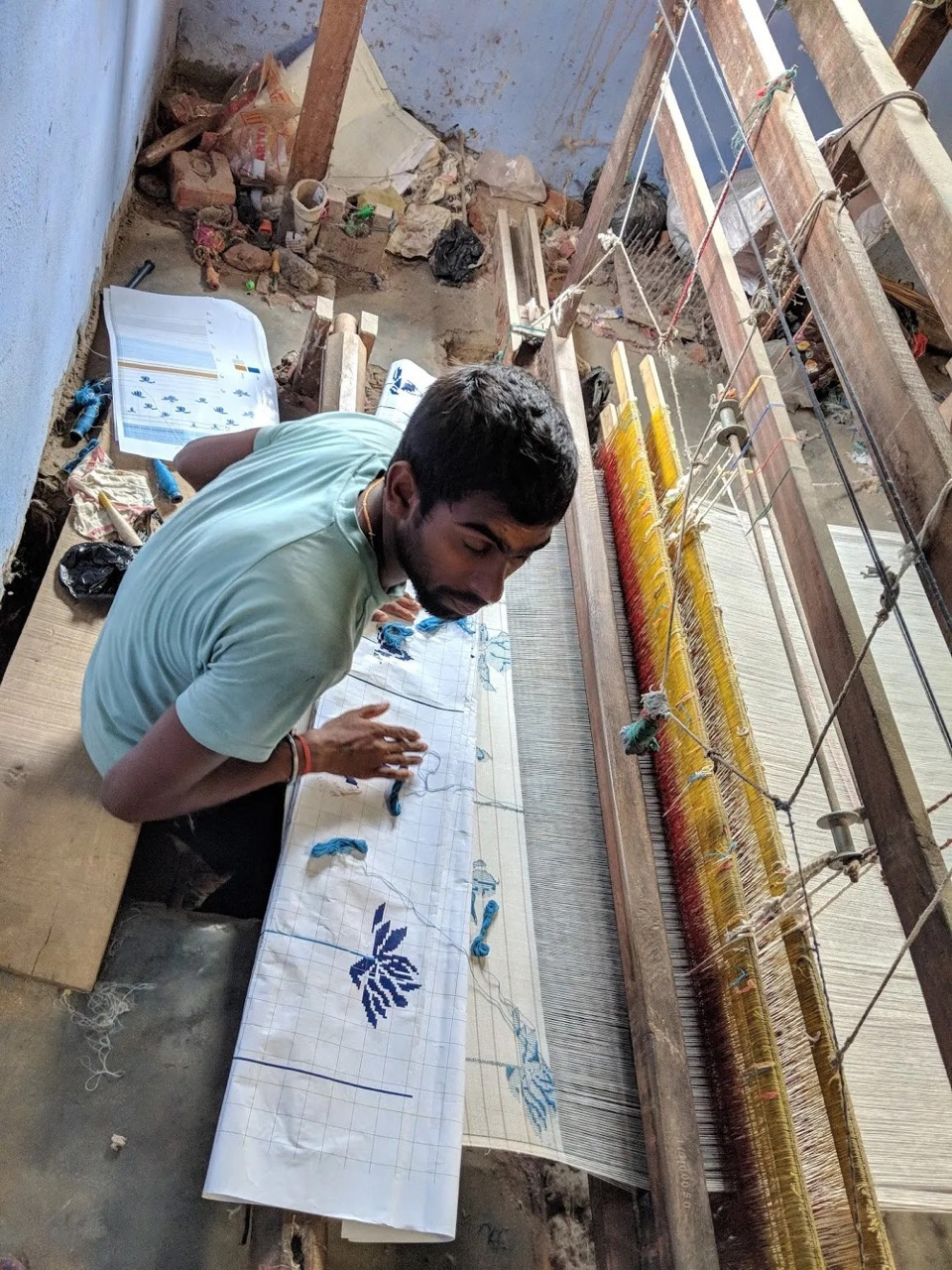
Converting the explorations from workshops into products.
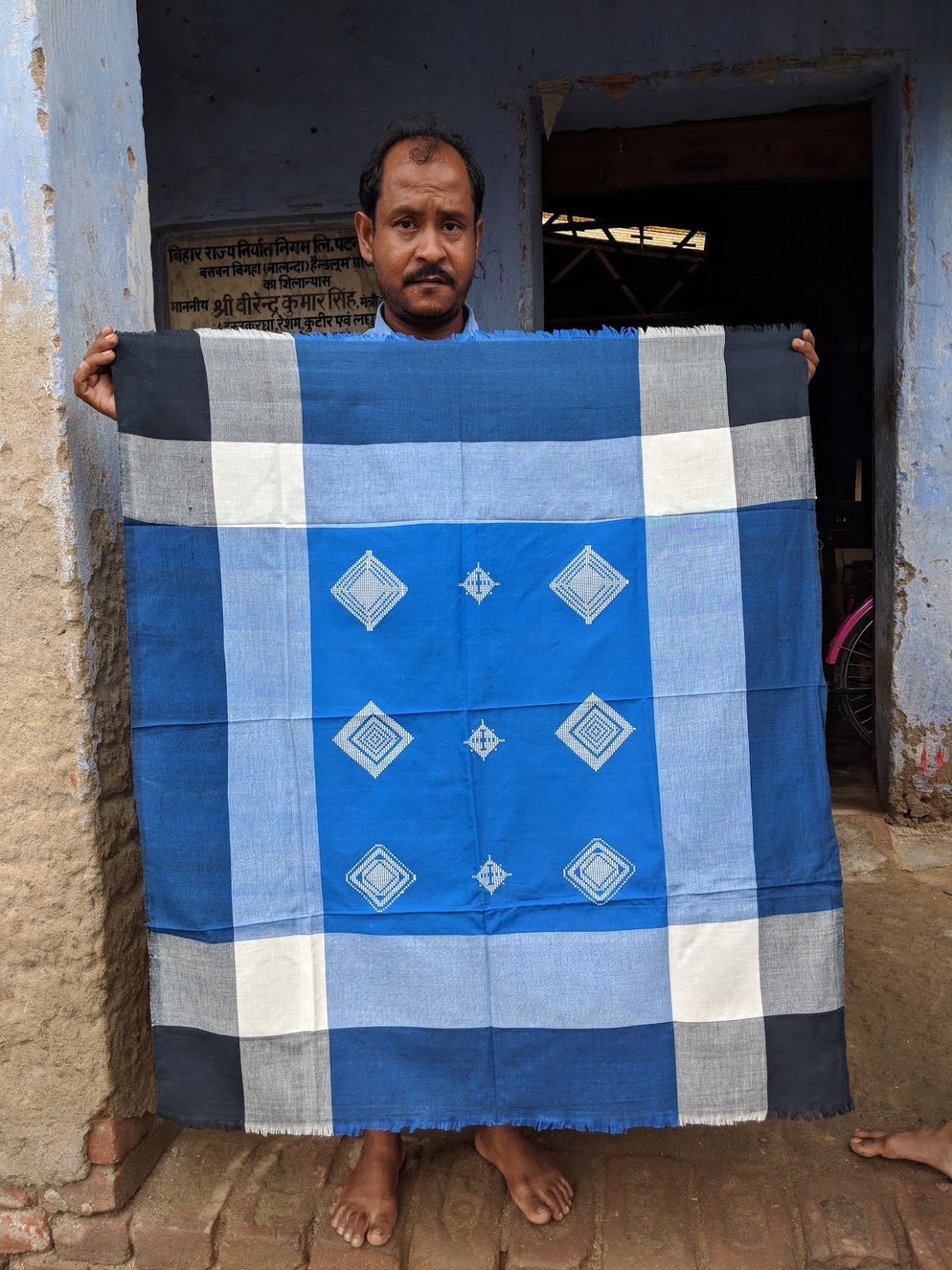

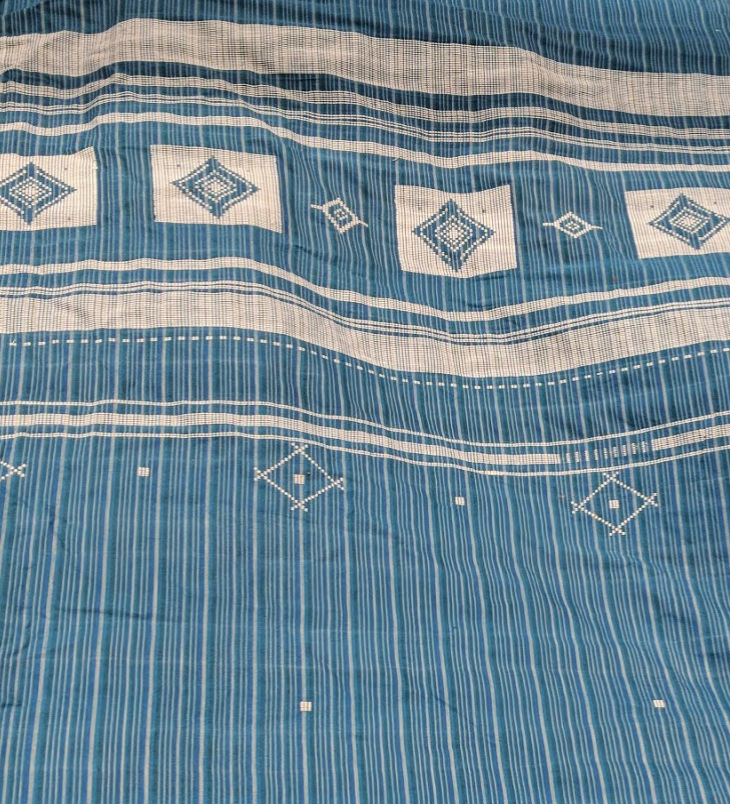
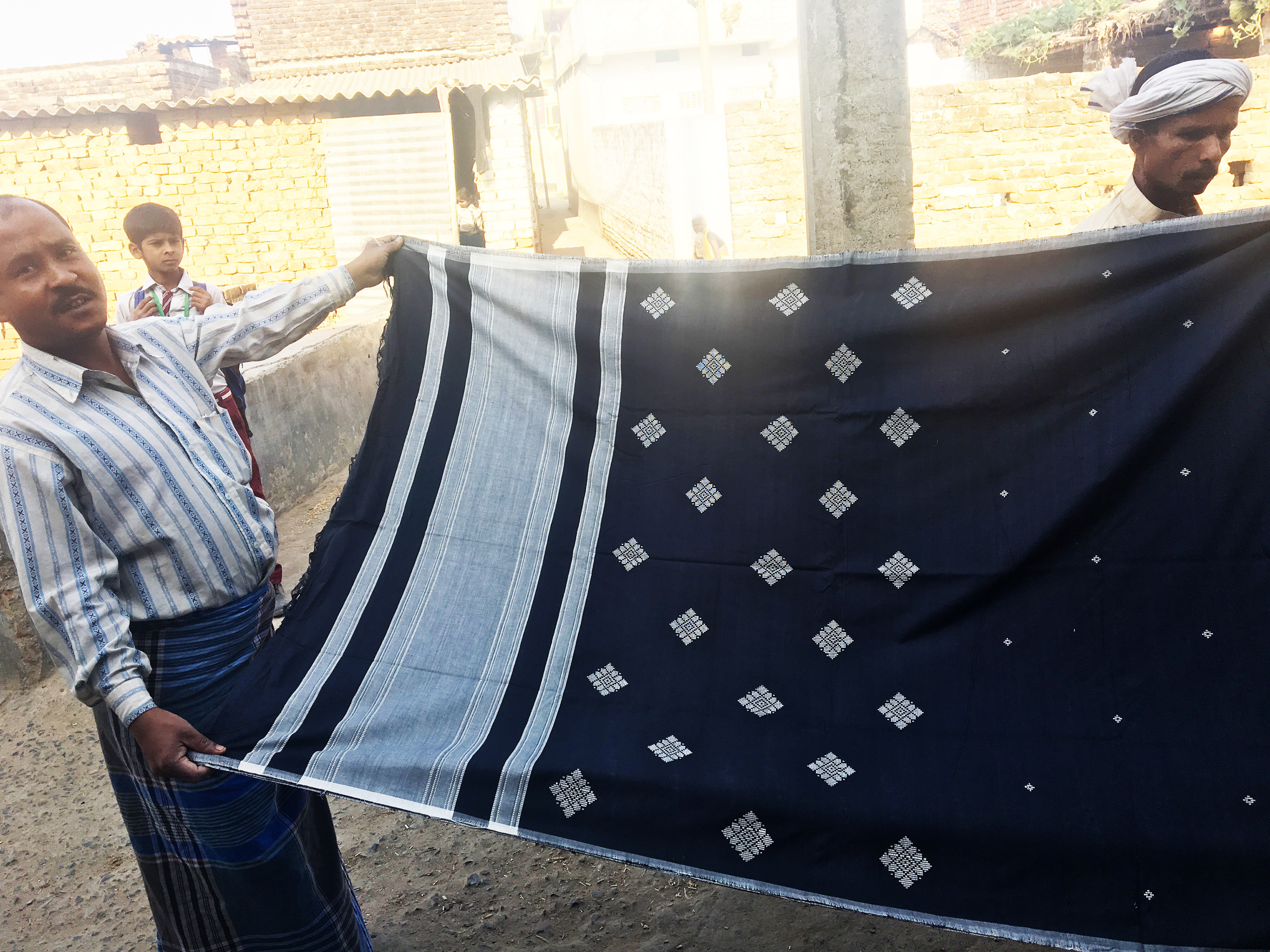
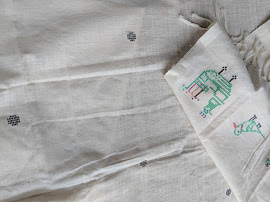
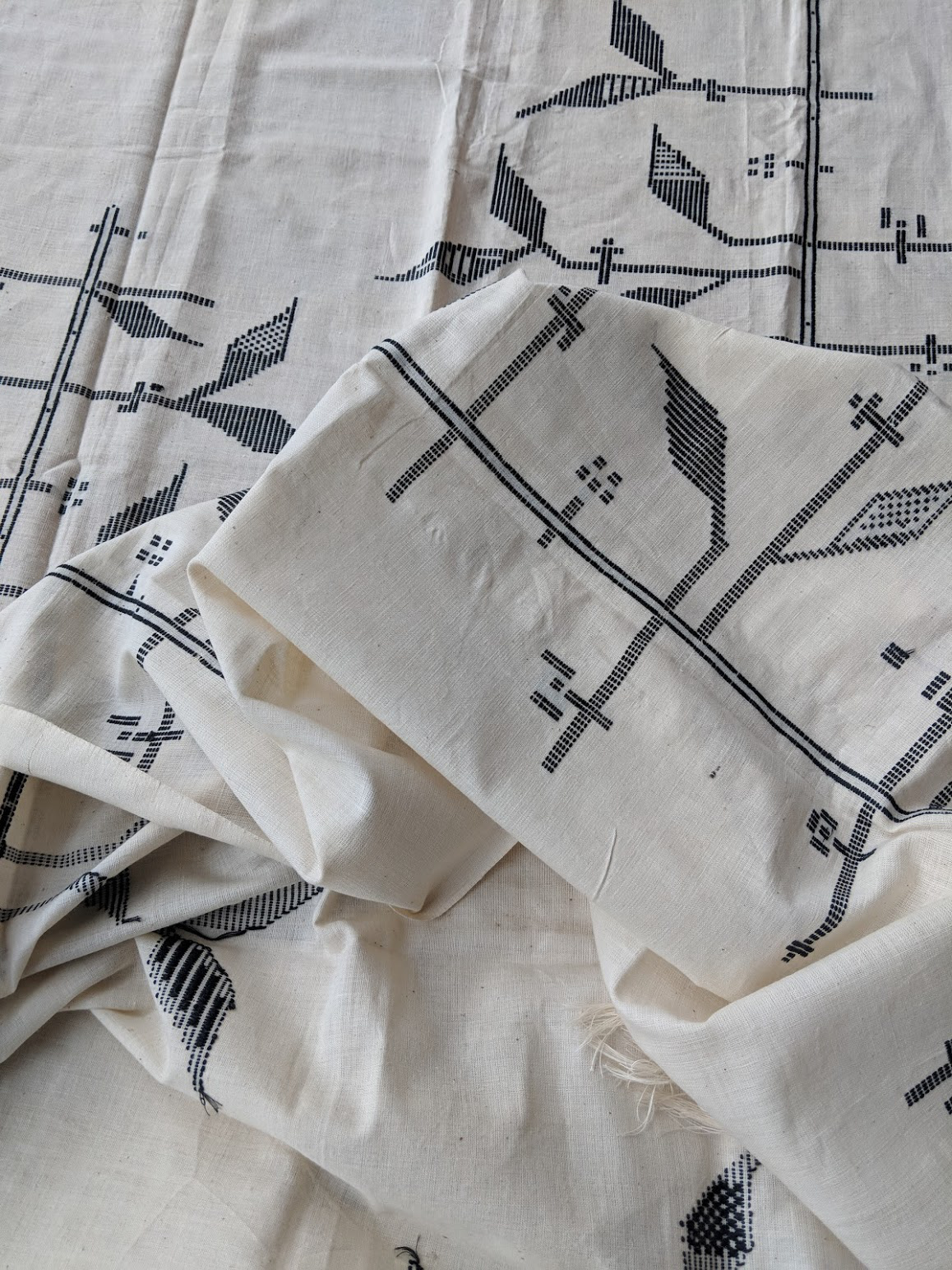
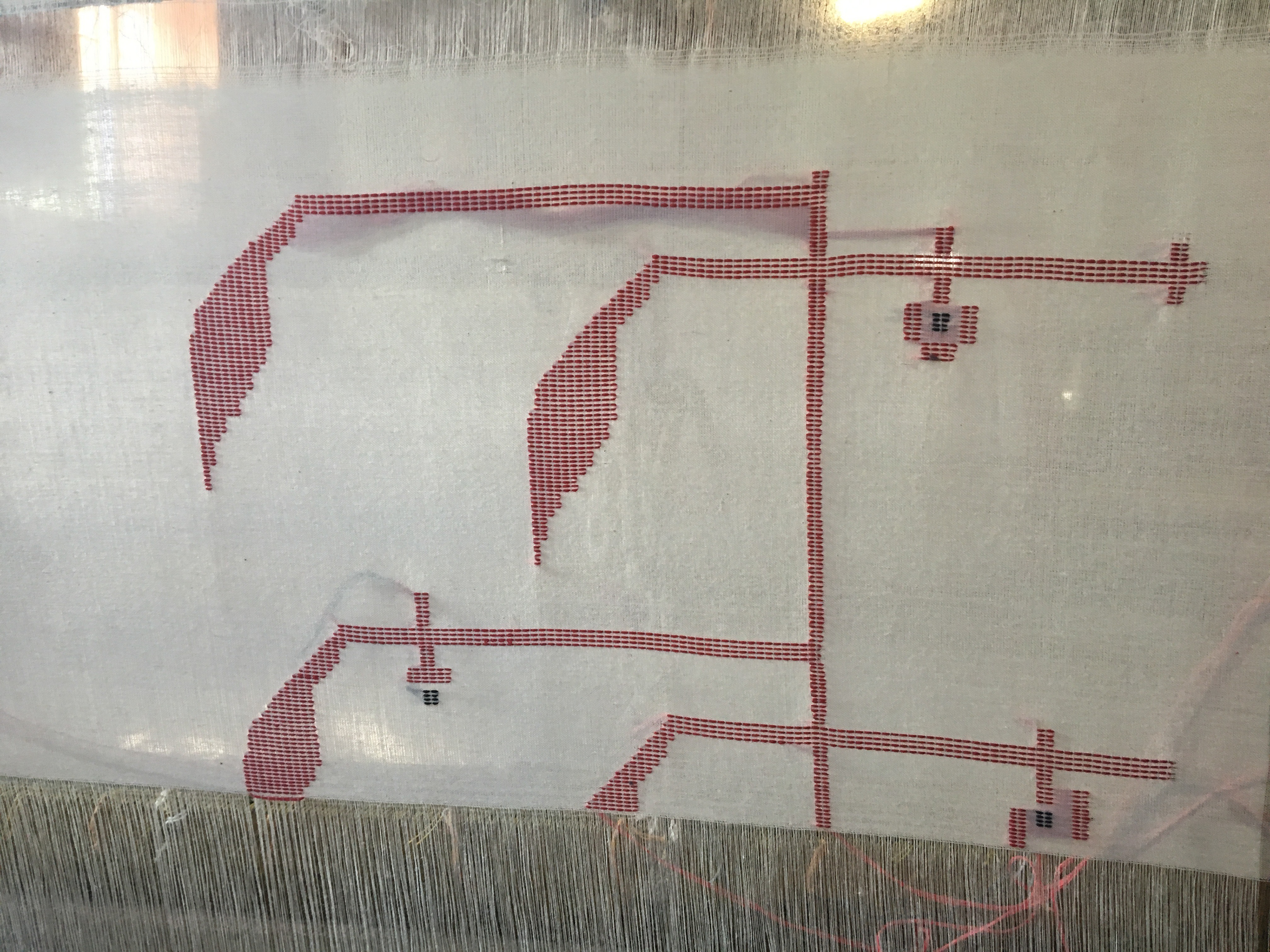
Tara's Peonies


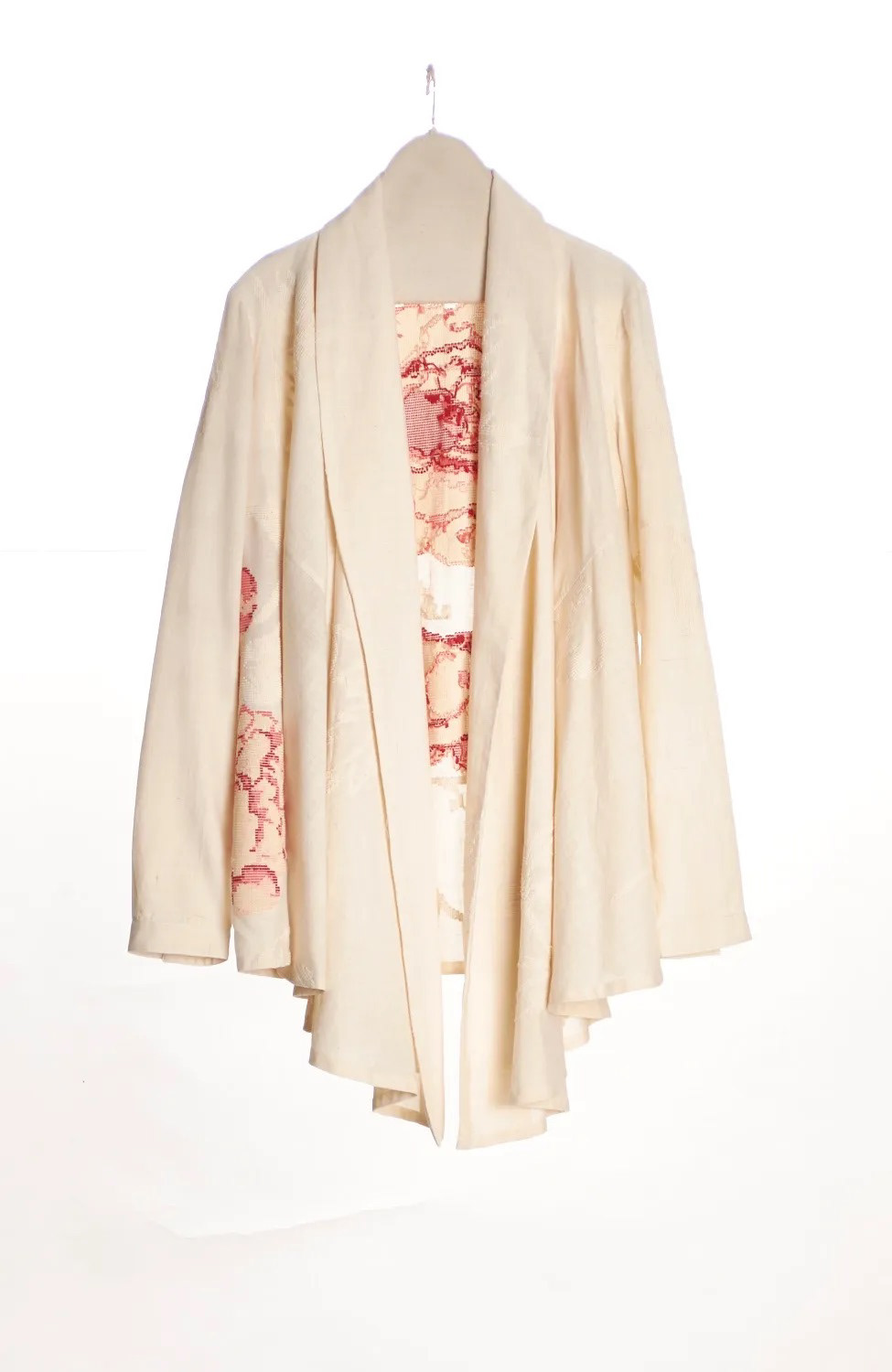
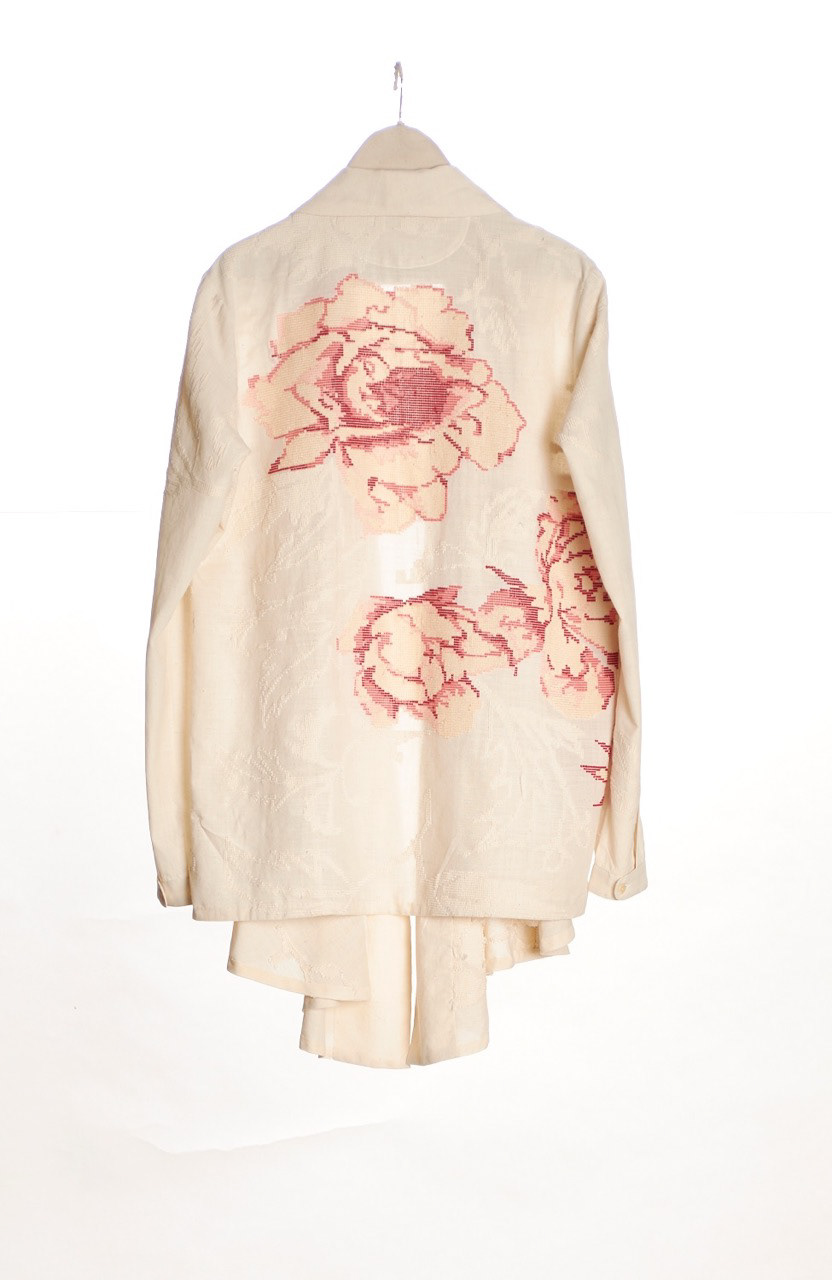
When made by hand, no two motifs have to be the same. This is the specialty of the bavan butti technique. The weavers use no jala or jacquard and hand insert each stranded of extra weft attentively to create shades, textures and motifs.
All over non repeating geometry woven by weaver Birmaniji who poses with one of the stoles made with hand-spun cotton and local undyed tussar silk.
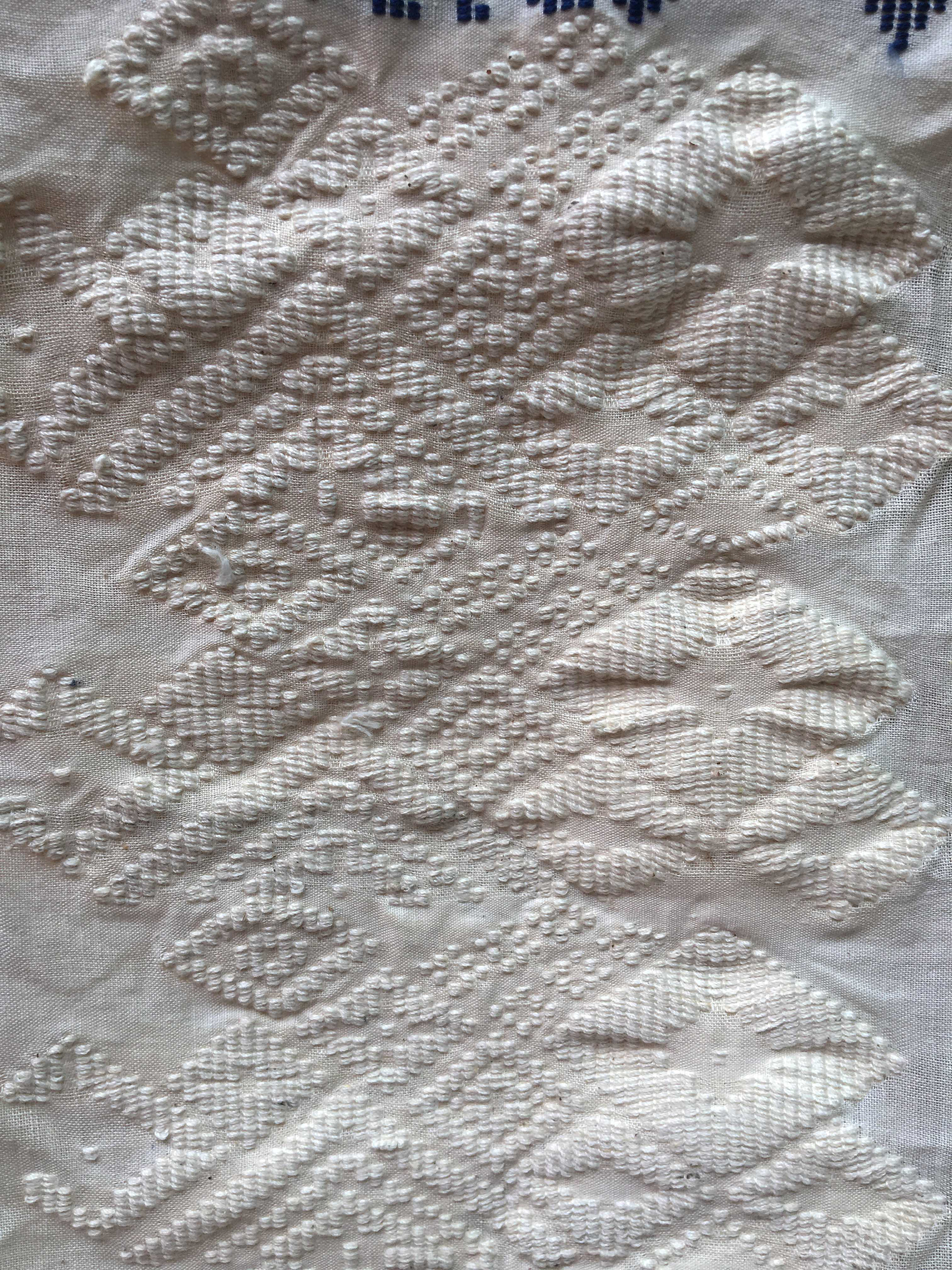
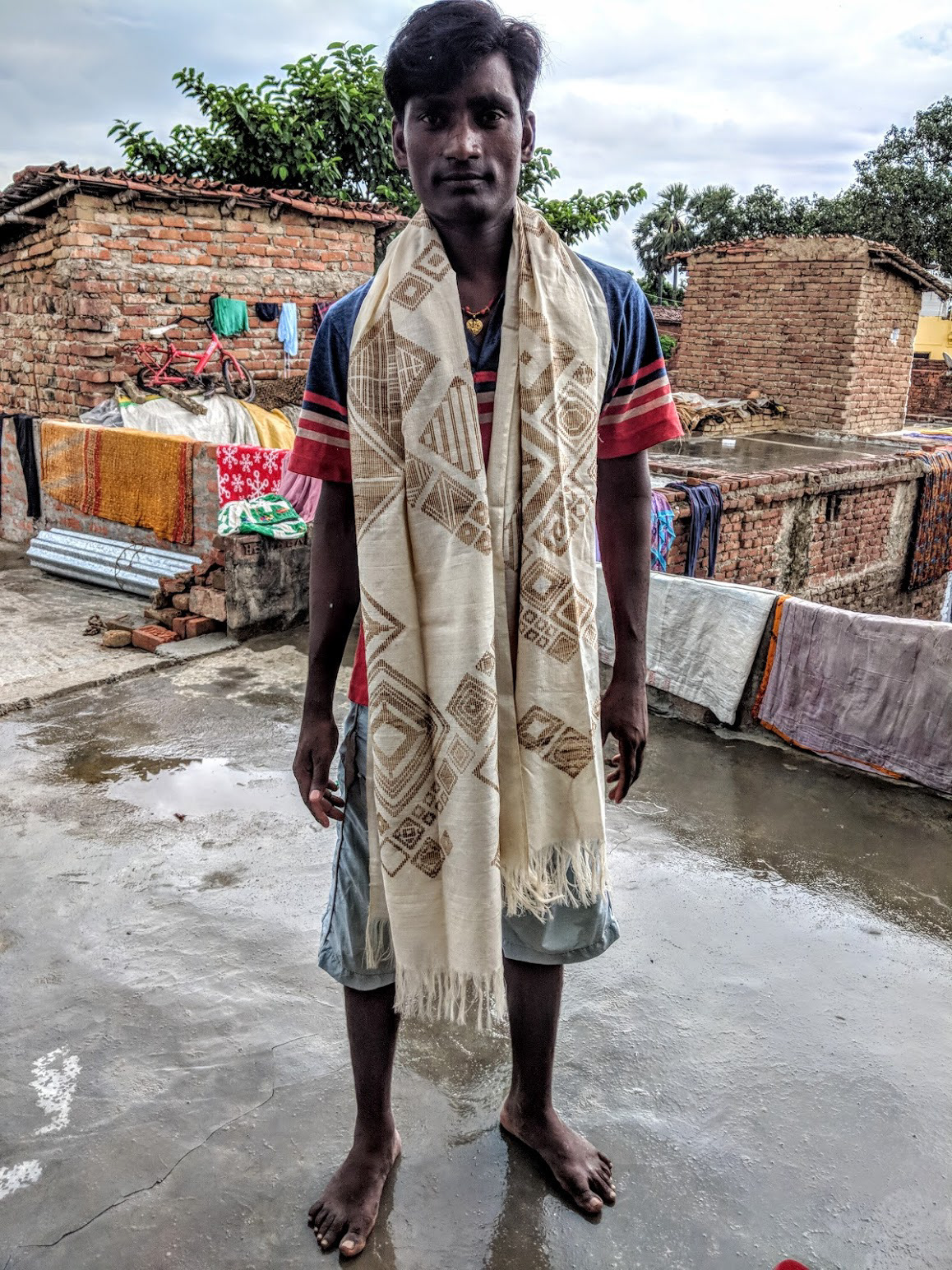
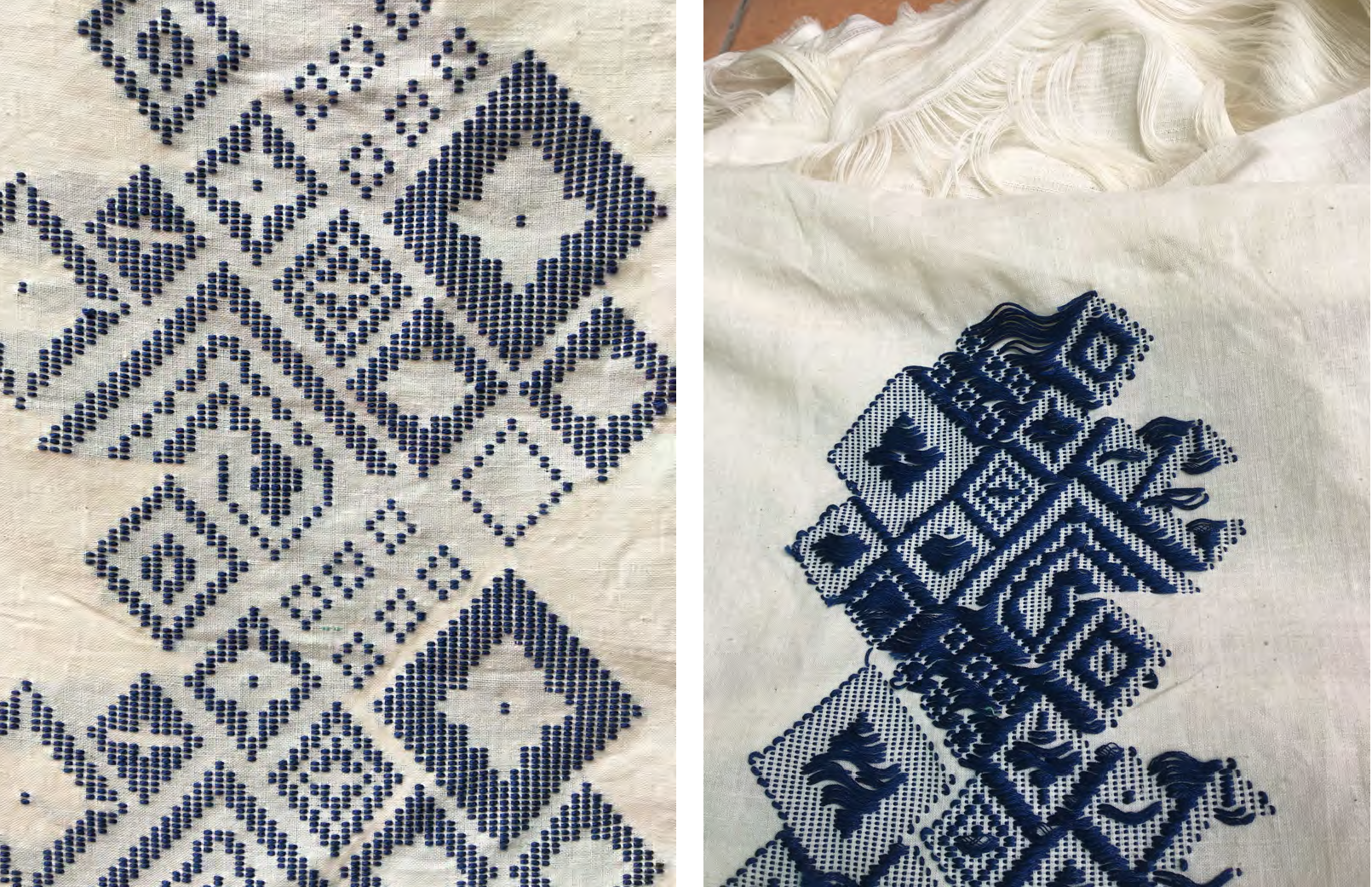
Having my work critiqued by esteemed figures like Rajeev Sethiji, receiving guidance from leaders in sustainable design, sharing experiences and stories with peers, and most of all, experiencing the kindness of the residents of Basvan Bigha village left me deeply humbled and immensely grateful.